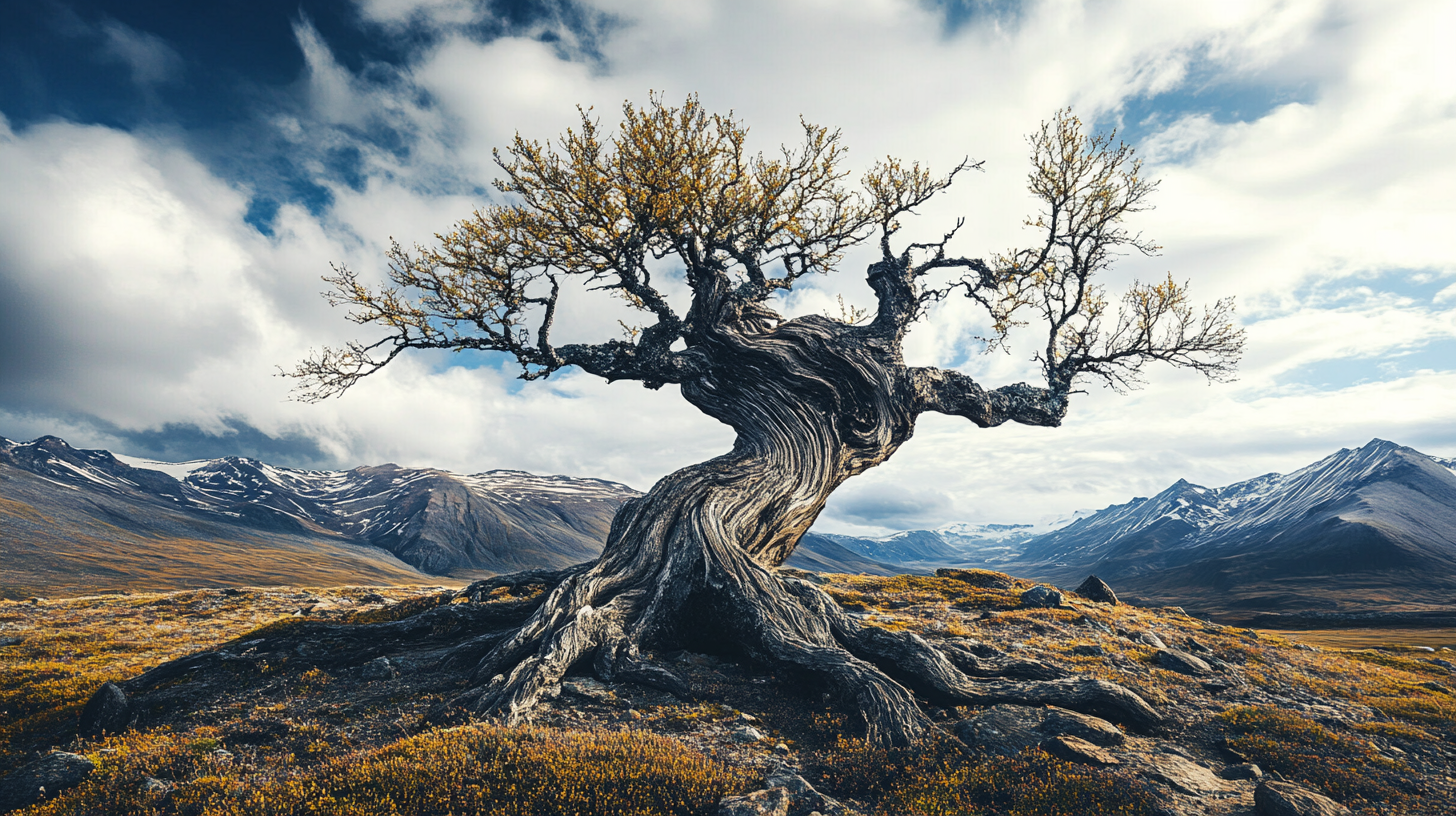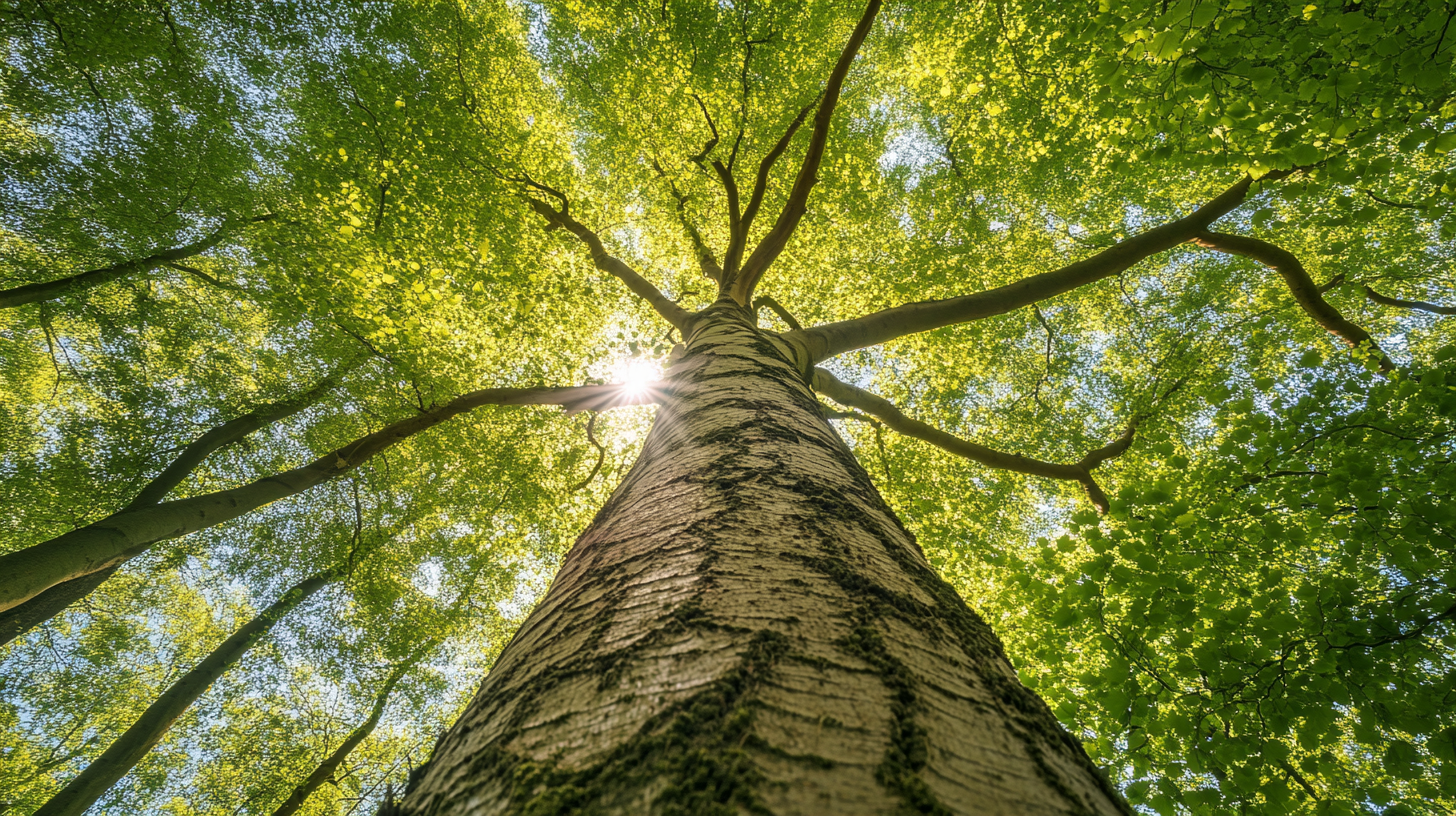
Picture a night, without the moon over a forest or out, on the sea. When you believe everything has turned completely dark suddenly little glimmers of light appear forming a radiance. This isn’t sorcery—it’s bioluminescence,a mesmerizing display put on by nature itself.
Throughout history, people have been captivated by bioluminescence, which has sparked tales and folklore ranging from Will o’ the Wisps” to marine life. However the reality, behind the illumination of organisms is more captivating, than the stories. Let’s delve into the enigma of bioluminescence and uncover the reasons why nature presents its light display.
What is Bioluminescence?
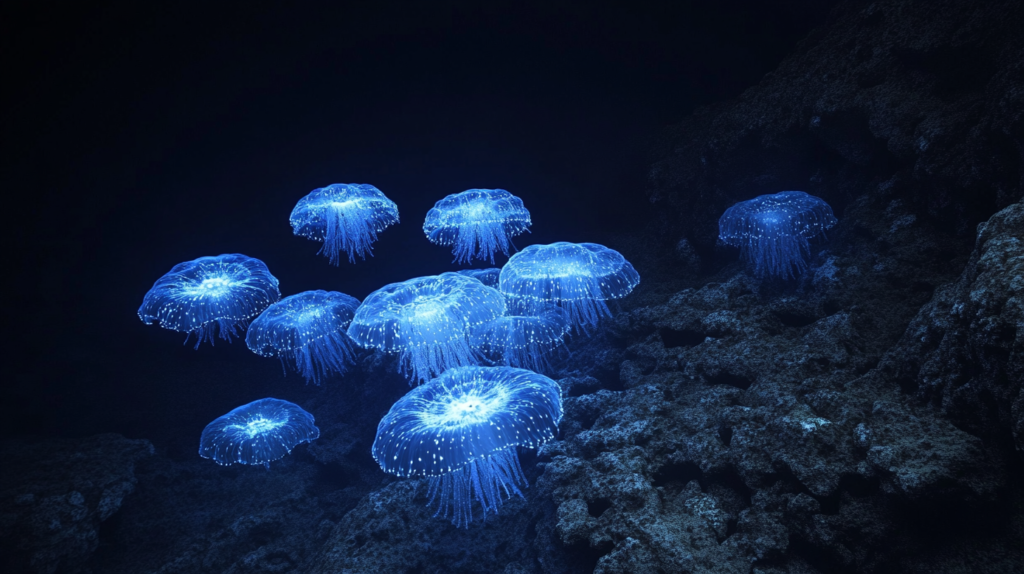
Bioluminescence is basically the phenomenon in which living organisms emit light.. Its not your typical flashlight or sunlight kind of light! This type of light is known as ” light,” which doesn’t give off any heat at making it quite energy efficient and useful, for organisms dwelling in the depths of the ocean or trying to evade predators.
The fundamental process includes two components. Luciferin (which’s a light-emitting molecule) and luciferase (an enzyme that initiates the reaction). When these two substances combine forces they generate a response that gives off light. Seems straightforward, at a glance doesn’t it? However, it’s not so simple. As every bioluminescent organism adds its touch, to this luminous magic trick.
Unveiling the Secrets of Nature Radiance
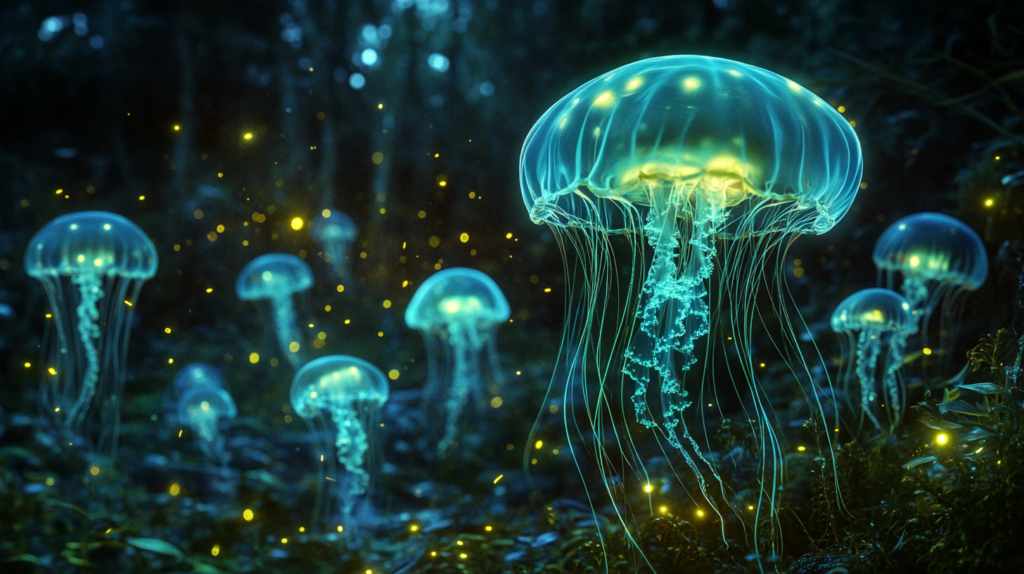
Have you ever stopped to think why some creatures go through the effort of glowing in the dark? Well… It seems that bioluminescence serves a purpose, beyond being visually appealing. It’s a tool for survival in harsh environments where communication and locating food are essential, for staying alive.
Different living things utilize their bioluminescence in ways; marine creatures such, as jellyfish and squid emit green light as they excel underwater; fireflies on land utilize rapid light flashes for mate communication; and certain fungi emit light to lure insects, for spore dispersal—a truly ingenious tactic!
Exploring a Realm of Illuminated Creatures – Unveiling the Ones That Radiate Light and Their Reasons
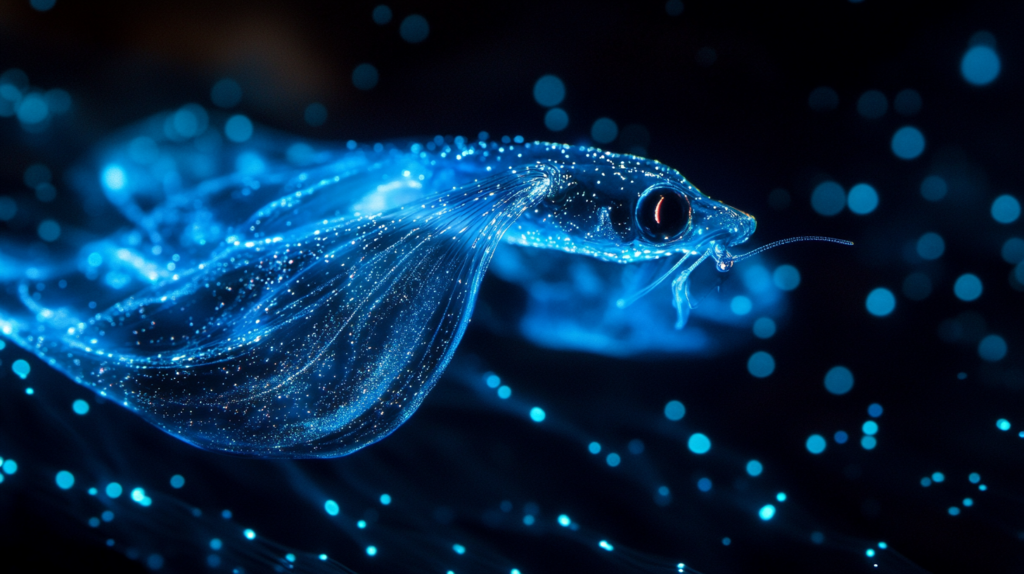
Bioluminescence is not limited to fireflies and jellyfish. There exists a realm of luminous wonders waiting to be explored!
In the ocean depths where sunlight struggles to reach below the surface layers of water can be a display of bioluminescence in action. Creatures of the sea, like the anglerfish, utilize a glowing appendage on their heads as a lure to attract prey. Additionally, other mysterious denizens of the deep sea feature bioluminescent patches on their bodies to camouflage themselves with the light descending from above – a tactic known as “counterillumination.”. Let’s not forget about dinoflagellates plankton that emit a mesmerizing glow when disturbed, casting an enchantingly beautiful shimmer of light in tropical waters. Have you ever come across the waters at Mosquito Bay in Puerto Rico before?
Glow Worm. Their illuminating glow, in the darkness.
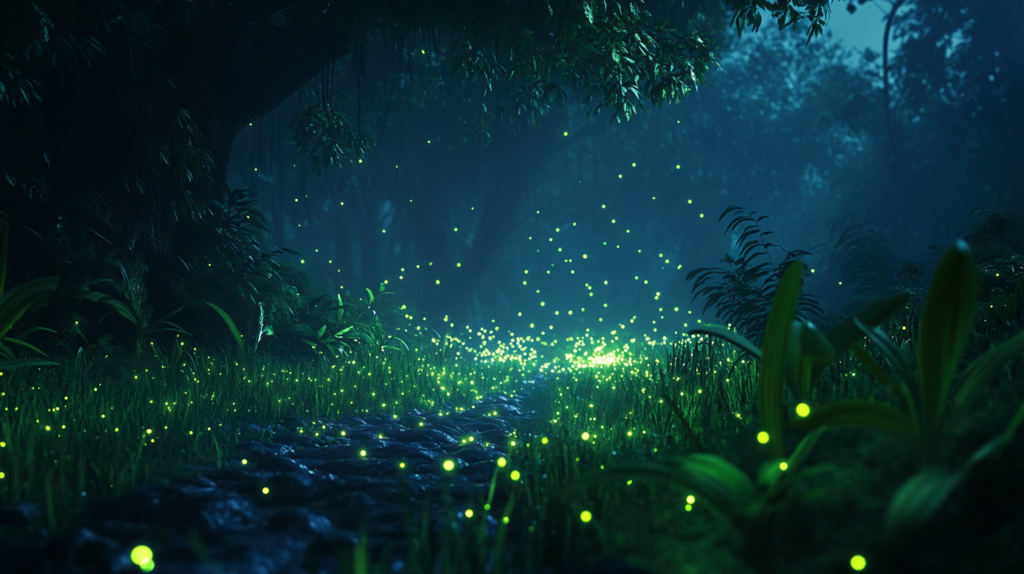
During nights, in the countryside or parks, glow worms and fireflies are two of the glowing insects you might spot in the darkness, between trees and bushes! Fireflies radiate their light to attract a partner by flashing signals that vary between species. Some flash slowly while others quickly or even blink in unison with groups, creating a mesmerizing sight that illuminates summer evenings with small bursts of light. Fireflies have a glow to lure their prey, while their young ones emit light as a warning signal to predators about their poisonous nature.
Mushrooms can actually emit a glow – such, as the foxfire mushroom variety – to attract insects, for spreading their spores in dense Asian forests where they grow abundantly and create a magical luminescence reminiscent of fairy tales.
Why Do Animals Illuminate Themselves; Unveiling the Survival Tactics of Bioluminescence
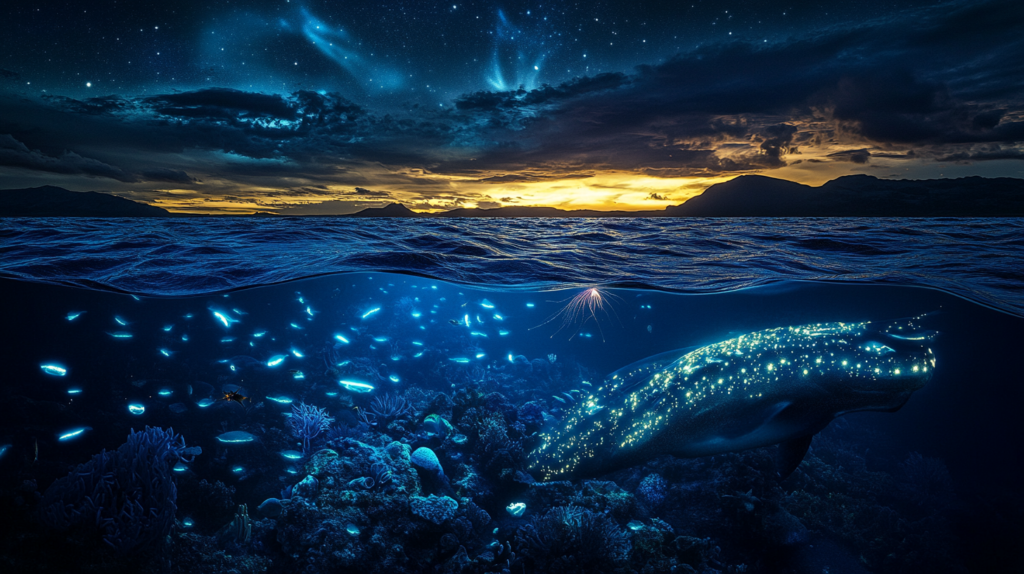
Why would nature design such a display of light in the sky you may wonder, the answers diverse, as the creatures that inhabit our world.
To individuals there bioluminescence is akin, to sending a message that reads; “Hey there I exist!” Fireflies are known to use flashes as their way of locating partners each type having its distinctive pattern. This luminous communication is crucial for seeking companions in the absence of light and, in species even aids in recognition.
In the shadowy depths of the ocean’s abyssal realms, the phenomenon of bioluminescence serves as an aid, for survival. Certain minuscule plankton species harness this ability to startle their predators essentially acting as an intruder alert system.” By emitting signals when threatened they effectively notify predators of the danger they pose resulting in confusion and enabling their swift getaway.
Other animals employ counterillumination by emitting light from their undersides to match the sunlight from above and camouflage themselves from predators lurking below.
Some skilled deep sea predators see bioluminescence as a means of securing their meal—like the anglerfish that tempts its prey with a glowing lure hanging close to its mouth in the depths of darkness where unsuspecting fish are lured in by the light only to become a part of the anglerfish feast through its enormous jaws—an impressive survival tactic suited for an environment, with scarce food supplies.
Bioluminescent Hotspots; Discover the Best Spots to Witness Nature’s Dazzling Light Display.
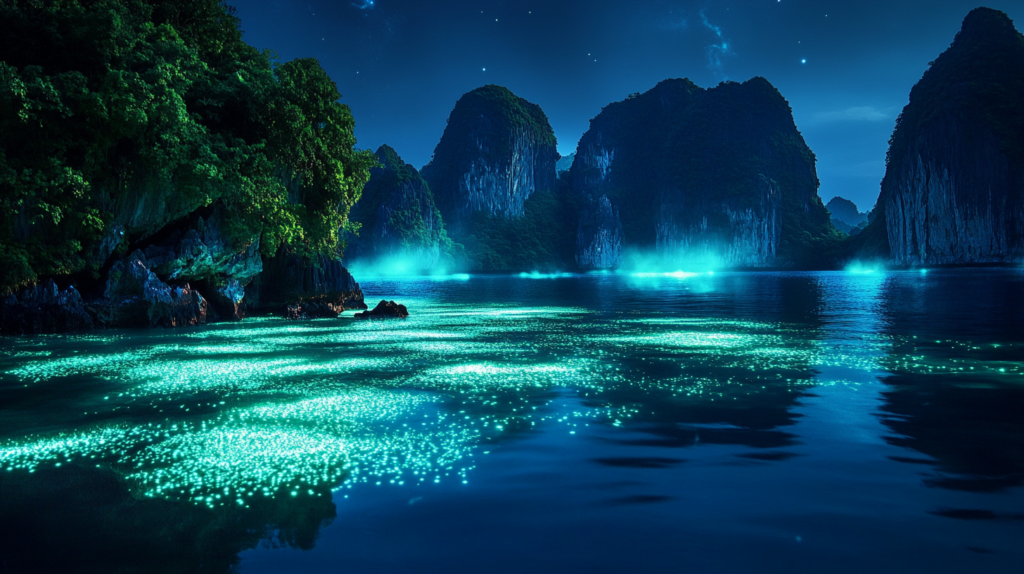
Dreaming about witnessing bioluminescence in person? There are destinations known for offering breathtaking views of this natural phenomenon that you won’t soon forget.
Some popular locations to observe bioluminescence include coastlines and harbors where dinoflagellates flourish in abundance. Rincon Bay, in Puerto Rico, is renowned for its luminescence, and Halong Bay, in Vietnam, is also recognized for its illuminated waters. These bays shimmer with a glow, with every movement or gentle stroke of the water surface as if transforming the sea into a neon spectacle.
If you’re looking for a light display, in the forest Japan’s firefly shows are truly mesmerizing, during the summer celebrations. On the other hand in Southeast Asia, there are forests illuminated by glowing fungi. Picture strolling through a forest and coming across patches of gentle green light scattered about the ground.
The enchantment of bioluminescence frequently relies on circumstances such, as nights without a moonlight glow and the presence of waters during certain times of the year – ensuring meticulous preparation for your journey can be the key, to experiencing either a faint radiance or an awe-inspiring spectacle.
The Use of Bioluminescence in Science and Technology
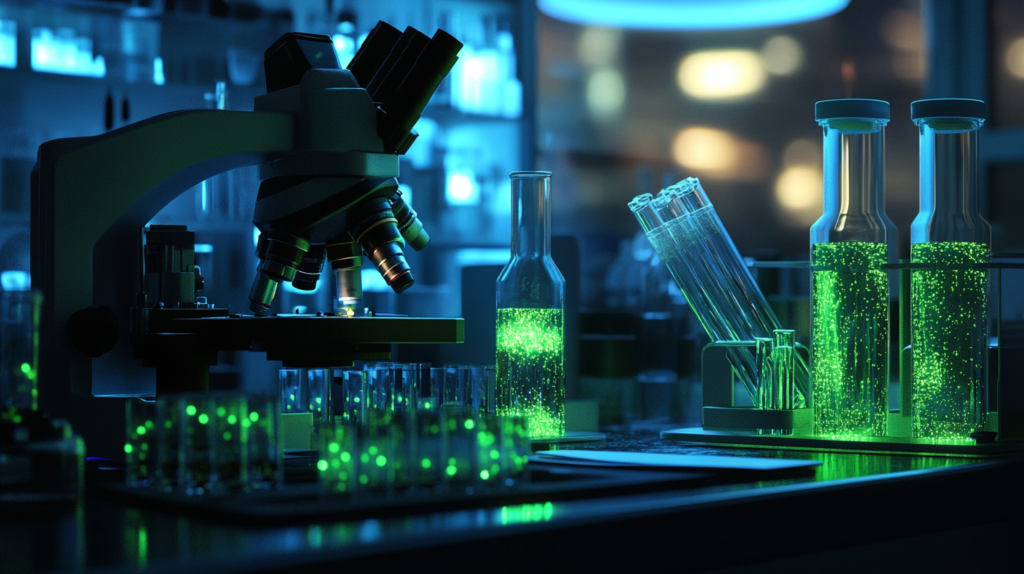
Scientists have been intrigued by the capabilities of bioluminescence. Are exploring its potential in various remarkable applications, beyond its aesthetic appeal.
Investigating the realm of medicine and research.
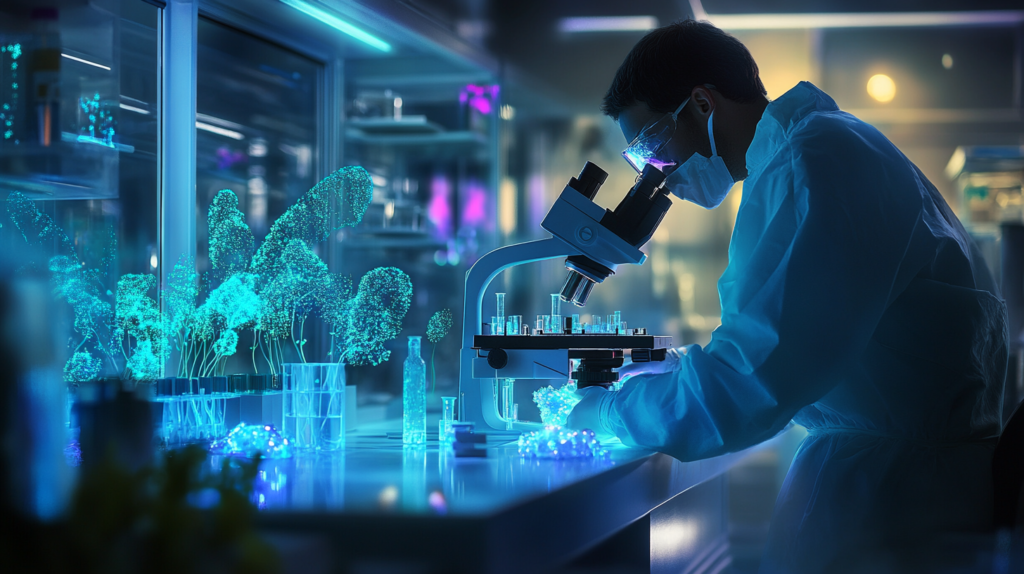
Bioluminescent genes are now assets in investigations as they aid researchers in monitoring diseases and analyzing cell activities effectively. Scientists can illuminate cells by introducing genes into them to witness functions as they happen. In the realm of science, this technique has proven beneficial in cancer studies, new drug exploration, and tracking virus transmissions throughout populations.
Picture a scenario where cities are illuminated by plants, rather than conventional street lights! There are researchers diligently exploring the use of bacteria and plants to transform this vision into a reality for us all to marvel at in the future.
Bioluminescence in Art and Design
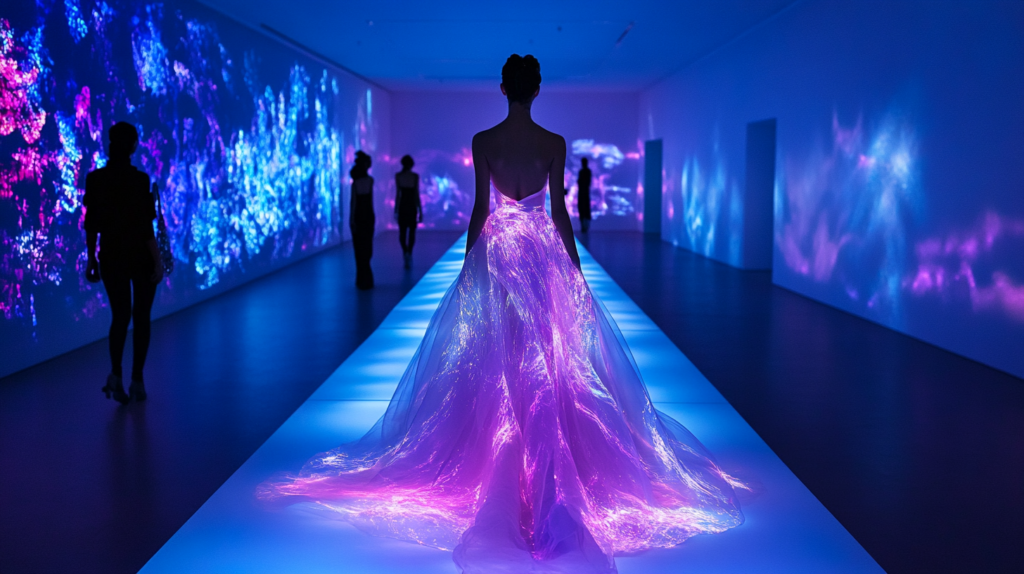
From fashion, to design and beyond the beauty of bioluminescence serves as a muse. Artists and designers delve into the world of light crafting mesmerizing wonders that blend nature with art. Think glow-in-the-dark fabrics and wall installations aglow, with bioluminescent charm.
Preservation Efforts to Safeguard the Radiant Beauties of Nature

Creatures that glow in the dark aren’t just beautiful to look at – they also have roles within their habitats; however, human actions pose dangers to these bioluminescent organisms, as many other natural marvels do.
Bioluminescent creatures, like plankton in the ocean and fireflies, play a role in their ecosystems by supporting the food chain and aiding in pollination and decomposition processes in their habitats.
Regrettably, pollution and climate change are having an impact on these dazzling creatures of nature while also affecting the balance of their ecosystems.
Final Reflections
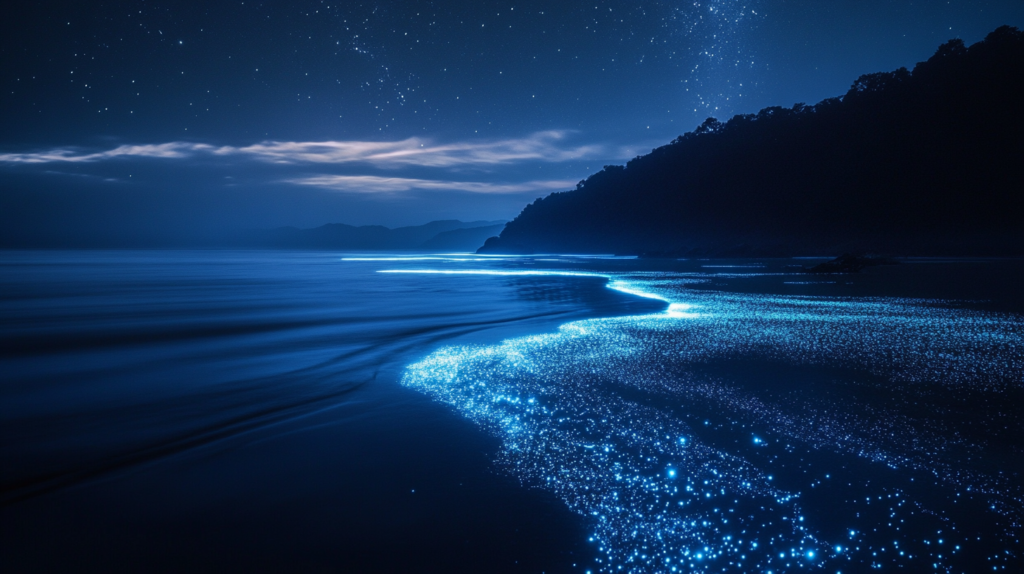
The natural phenomenon of bioluminescence is true. Serves, as an example of the creativity found in Earth’s living creatures.
The time you catch a glimpse of light in the shadows of the night sky—take a moment to savor it for it’s a gentle nudge that in the depths of darkness there exists a glimmer of hope waiting to bloom.







